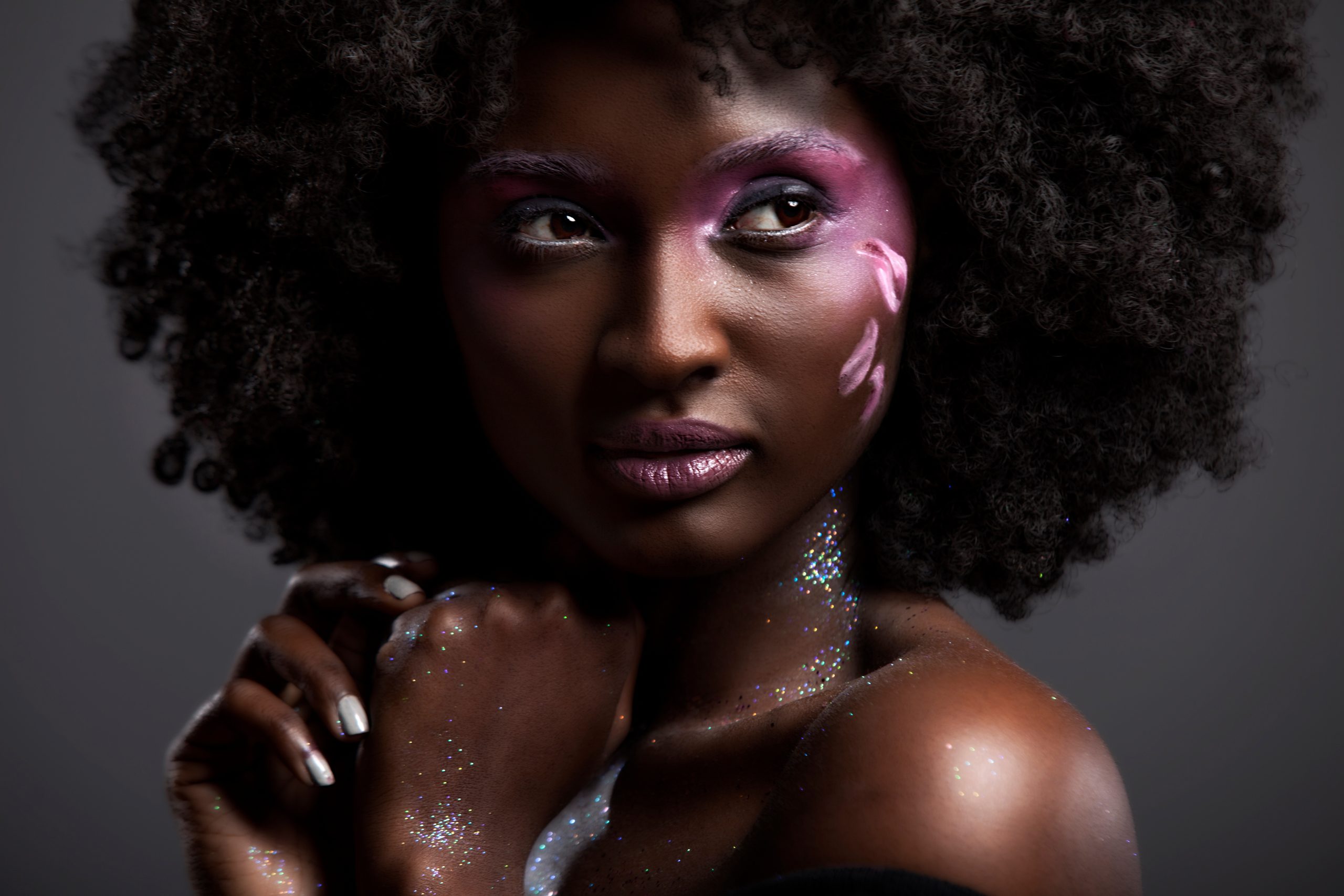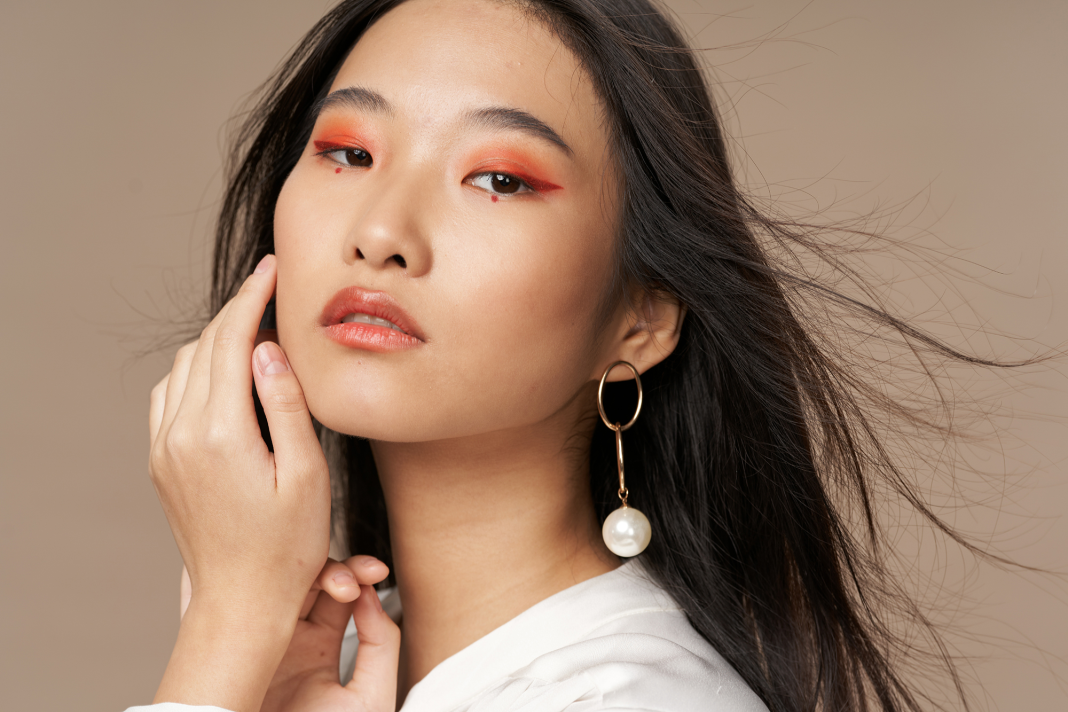Are you hung up on the idea that a small nose is a symbol of beauty?

It might not be politically correct today, but in the past it was okay to openly make fun of large noses in television and movies. Historically, a large nose has been seen as something to be ridiculed and made fodder for comic content. On the other hand, a small nose has been seen as ideal and desirable–aesthetically pleasing.
Some examples of how noses have been made fun of in television and movies (according to openai) include:
- Cyrano de Bergerac (1990) – The protagonist Cyrano has an exceptionally large nose, and this is a significant theme throughout the movie.
- The Simpsons – In the episode “Bart Gets Famous,” Krusty the Clown is teased about his nose by a rival TV host.
- Seinfeld – In the episode “The Nose Job,” Jerry’s girlfriend gets a nose job, but it turns out to be too small, and she becomes the subject of ridicule.
- Glee – In one episode, Rachel’s nose is referred to as “bigger than Barbra Streisand’s.”
- Bridget Jones’s Diary – Bridget’s mother frequently comments on her daughter’s nose, calling it “rather bulbous.”
Hundreds of thousands of people get their nose surgically altered every year. According to research conducted using OpenAI, the American Society of Plastic Surgeons (ASPS) reported over two hundred thousand rhinoplasty procedures performed in 2020, which apparently makes rhinoplasty the third most commonly performed cosmetic surgical procedure in the U.S.
Even if you and I are not hung up on the idea that a small nose is a symbol of beauty, many other people are.

In some parts of the world, there’s significant emphasis placed on physical appearance and in Western societies, there are some long established ideas about what is the ideal way for a person to look. These ideas include standards for noses which perpetuate the idea that a particular nose shape or size is desirable while another is not. But what is the basis for these ideas that so many accept and allow to affect how they feel about what they see when they look at their reflection in a mirror. To answer this question I turned to OpenAI and asked:
What is the history behind celebrating small narrow noses as more ideal than bigger wider noses?
People have the right and freedom to find beautiful what they find beautiful and ugly what they find ugly
I acknowledge that people have the right and freedom to find beautiful what they find beautiful and ugly what they find ugly. But I think much good could come from encouraging people to question the origin of their viewpoint when it comes to the subject of beauty. It’s my belief that many of us hold views which we consider to be our own but which we have been shaped by media and other sociocultural influence. I talk about it in the following video about beauty.
So much of what we think are our own ideas come from what we’ve been told–the things we read in books and magazines and hear in TV shows and movies. The things we are taught by people who were taught the same ideas. We just accept that the ideas represent the truth and we don’t question the origin and the motivation of the originators. Instead we allow the ideas to shape our perspectives and we proceed to do our part in spreading them around. In this way they continue to get passed from generation to generation no matter the harm they do.
List of famous people (living or deceased) who have had their nose often talked about because of it's size and/or shape
According to research data from OpenAI, the following famous individuals have reportedly endured comments about the size of their noses:
- Barbra Streisand – American singer, actress, and filmmaker, known for her prominent and unique nose.
- Karl Malden – American actor, known for his distinctive nose which he once referred to as his “ski slope”.
- Jimmy Durante – American comedian and actor, known for his large, bulbous nose which he called “Schnozzola”.
- Cyrano de Bergerac – A fictional character known for his large nose, featured in the play “Cyrano de Bergerac” by Edmond Rostand.
- Michael Jackson – The late pop icon was often mocked for his nose, which he underwent multiple surgeries to alter. Critics accused him of trying to “whiten” his features and distance himself from his African American heritage.
- Richard Pryor – The legendary comedian and actor was often the target of racist jokes, including comments about the size and shape of his nose.
- Quincy Jones – The music producer and composer has a distinctive nose, which has occasionally been the subject of jokes and ridicule.
- Don Cheadle – The award-winning actor has spoken publicly about being teased as a child for the size of his nose, which he says he learned to embrace and accept over time.
- Adrien Brody – American actor, known for his distinctive and somewhat large nose, which has been called “Hawk-like”.
- Owen Wilson – American actor, known for his crooked nose, which he broke twice during his childhood.
- Mark Zuckerberg – American internet entrepreneur, known for his distinctive nose, which has been the subject of numerous memes and jokes online.
- Bob Hope – American comedian and actor, known for his large, Romanesque nose.
- Sarah Jessica Parker – American actress, known for her distinctive nose, which has been called “unique” and “unconventional”.
- Prince Charles – Prince of Wales, known for his distinctive nose, which has been described as “hooked” or “aquiline”.
To wrap this up, I posed the following question to the OpenAI app:
Would it be safe to say there's probably nothing that can be done at this point in western history to change perceptions about the nose and what counts as a beautiful nose vs what counts as an ugly nose?
The response received:
In my opinion what would really make a difference isn’t arriving at a point in time when perceptions of what counts as a beautiful nose vs what counts as an ugly nose change to become more inclusive, but arriving at a point in time when it makes no difference what size your nose is or how it’s shaped. No one feels the need to praise you or make fun of you depending on the size and shape of your nose. You nose is just a nose that serves the functional purposes it’s meant to serve.

